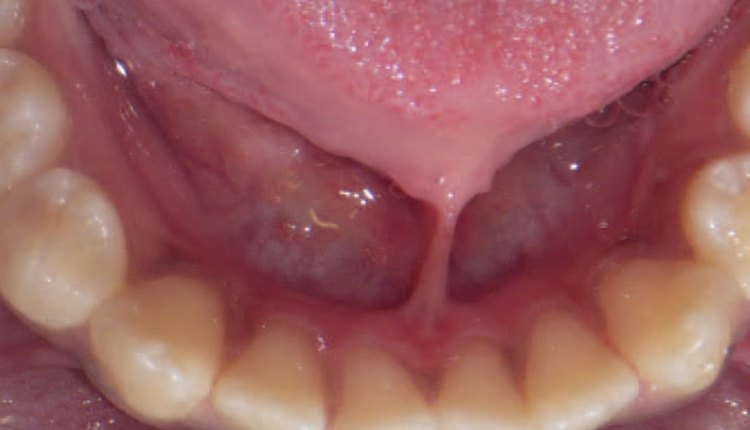Identifying and Addressing Ankyloglossia
By Stacey McKinney, RDH, MSEd; and Sherri M. Lukes, RDH, MS, FAADH
 Dental hygienists see a variety of patients on a daily basis, ranging from infants to older adults. A thorough intraoral exam should always be completed, but often significant anomalies are not identified and/or addressed. One of these anomalies is a short lingual frenum attachment, or ankyloglossia (AG).
Dental hygienists see a variety of patients on a daily basis, ranging from infants to older adults. A thorough intraoral exam should always be completed, but often significant anomalies are not identified and/or addressed. One of these anomalies is a short lingual frenum attachment, or ankyloglossia (AG).
AG, or tongue-tie, is a congenital condition characterized by an abnormally short, thickened, or tight lingual frenum that restricts tongue mobility. While no standard definition exists due to varying diagnostic criteria, consequences of anomalous lingual frena can include limited forward protrusion of the tongue or reduced lateral mobility. These restrictions can result in several adverse effects both orally and systemically. An emerging term, tethered oral tissues, encompasses all buccal-ties and tongue-ties. This article, however, will primarily discuss the implications associated with AG.
Assignment Content

